According to the Times of India in its edition of October 17th of 2019, the Tea Board of India wanted to meet the producers of Darjeeling teas to “propose 100% mandatory sales […] via auction” and more importantly via e-auctions.
The reasons are threefold:
1. Traceability of this Geographical Indication product, since according to a Board official “2 million kilograms produced in a neighbouring country is unlawfully imported and mixed to be passed on as Darjeeling tea”. Forcing every grams of Darjeeling tea to be sold through e-auctions would facilitate the process of tracing them back to where they are produced, ensuring only real Darjeeling tea is being sold on the market.
2. Make the business profitable by avoiding undue competition and price undercutting by the different gardens.
3. Transparency, meaning that it is common knowledge how much a tea kilogram is being sold and if the gardens can or cannot pay bonus to the labourers.
Before seeing if these goals are “good” or not or if they are reachable, let us begin with what is an e-auction and what would be the consequences of it.
An auction is the process of selling and buying through bids and to the highest bidder. It is only one of the several ways of buying and selling goods. E-auction is the same but using the potential offered by the information technologies to open the system to more people and more often without any of them needing to move.
Now, what are the advantages of launching such a program?
Many studies exist on the peculiarities of auctions and e-auctions but most of them relate to the use of game theory or to analyse how the bids are done according to the access of the bidders to information. I found a paper by Rajiv Banker and Sabyasachi Mitra in Electronic Commerce Research and Applications Volume 6, Issue 3, Autumn 2007, Pages 309-321, on Procurement models in the agriculture supply chain: a case study of online coffee auctions in India.
After reading it, I found it quite interesting as it is a practical case study on another agricultural commodity (I didn’t know that India produced coffee) in the same country and with the same target/idea.
According to Rajiv Banker and Sabyasachi Mitra, the direct online auctions allow for increased margins for both sides due to direct purchases and to lower costs of participation as the auctions tale place more regularly. Among the drawbacks are the lack of capacity to see the product and its quality as well as the direct contacts between planters and buyers, with a bargaining power that might be unbalanced between the two of them (because of one party having more knowledge or more money or more …).
However, something else caught my attention in this paper since it went directly against the second goal set by those promoting the e-auctions (and remember we are talking about coffee beans).
The price of the beans seemed higher by 4% in the electronic auction with an even higher price difference for the grades with less trading frequency or with higher price volatility. However, the premium coffee grades, those which might need to be seen and touched to check their quality were usually sold at a lower price at the electronic auction.
Why is that important? Because we are talking about Darjeeling teas, the “champagne” of teas, which means that these teas are supposed to be of higher quality as most and sold according to this idea. If the same “problem” is found in tea e-auctions as in coffee ones, this might cause a drop in prices, leading to planters being unwilling to sell their products at these auctions (for fear of prices not being high enough) and therefore buying them back in order to be allowed to sell it to peculiar buyers after direct negotiations (this is allowed in the process).
This can be seen in a positive way as for upper grades teas to be sold through e-auctions would mean to be 100% sure of the quality, leading to a rise in the quality of the production while everyone would try to offer only the best products possible to ensure a long-lasting rise in the price even without the classical checking of the teas being sold; however, it also means that only those with a well-established “name” or with enough money will be able to do so at first. My personal opinion here is that this would go against the will of the promoters of the e-auctions.
Now that we have a clearer idea of what is going on under the name e-auction, will they help reach the three goals I mentioned at the beginning? The answers below are just my answers and nothing else.
1. Traceability: perhaps the e-auctions could help enforce it but if and only if there is a way to track the whole production chain (perhaps through an increased control on the quantity being produced in each garden). Otherwise, smugglers with the help of other partners will find ways around the controls and the situation will remains the same.
2. Profitability: yes as long as quality stays and as long as there is a demand for these type of products at a said price. If some big buyers do not want to go that way and just withdraw, the market will revert to its current practices with a higher risk of undercutting prices at the second negotiations, since the bargaining power between a big buyer and a garden is likely to be unbalanced.
3. Transparency: it will depend on how many kilograms are sold on the open market through these auctions and how many gardens buy back their teas for private negotiations (we can imagine some big buyers even lending money to gardens to do that).
Are e-auctions a good thing for tea? For me there is no definitive answer and it will all depend on what the rules of the game are and how all the players stick to the rules.

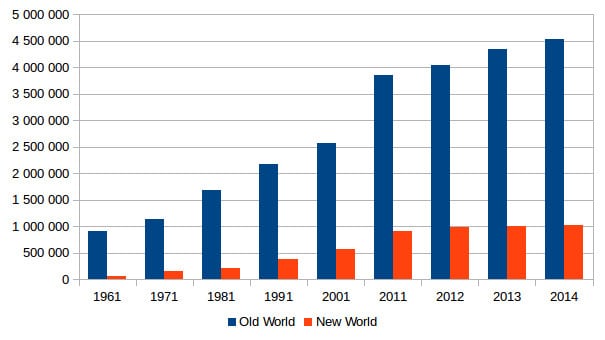
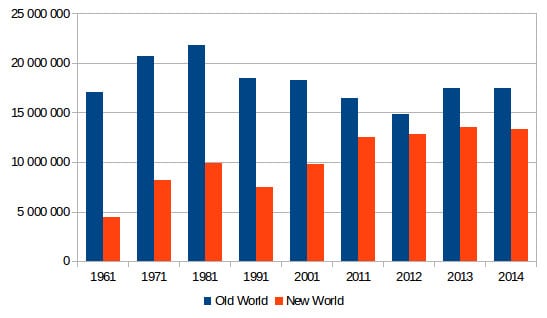
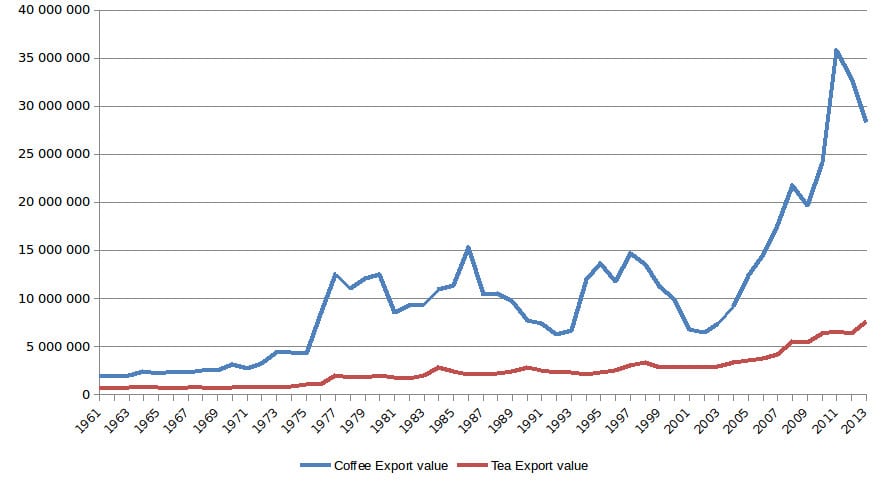
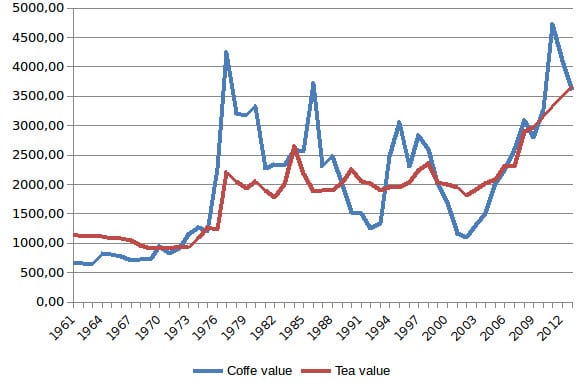
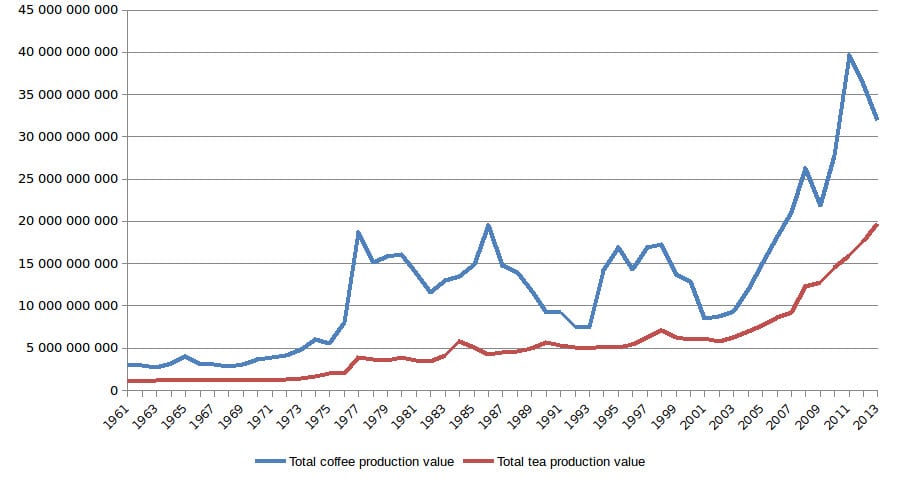
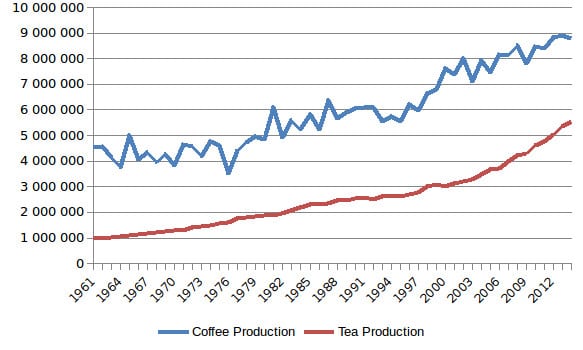


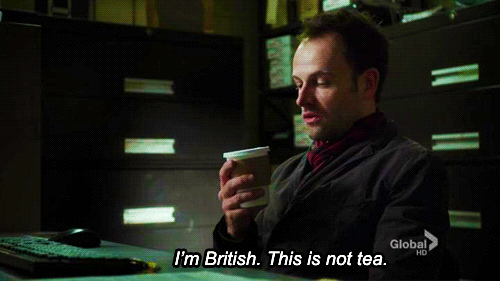

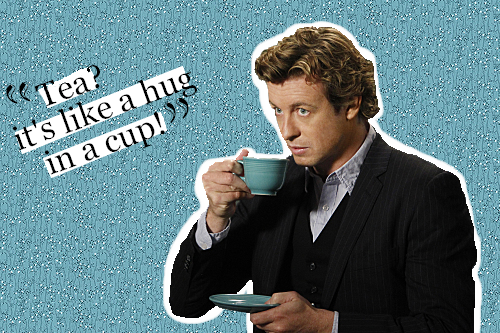

Recent Comments